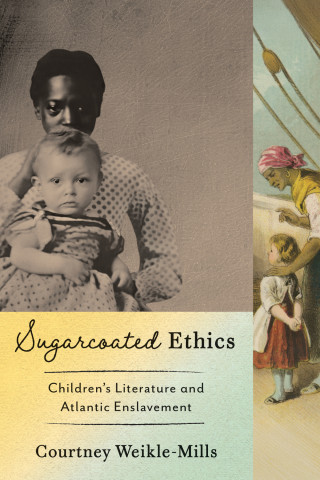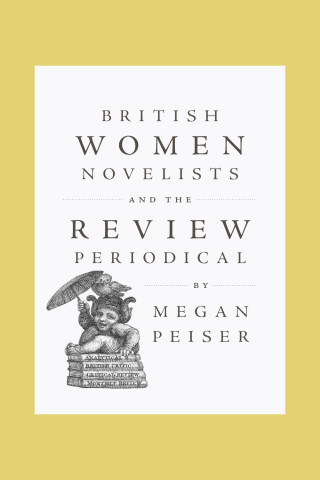
Reviews
This is major scholarship, both as it contributes to American history of ideas and as it offers a brilliant new interpretation of major nineteenth-century American writers.
American Hieroglyphics is a major reinterpretation of the nineteenth-century American literary imagination.
Book Details
Preface
Part I: Emerson, Thoreau, and Whitman
Chapter 1. Champollion and the Historical Background; Emerson's Hieroglyphical Emblems
Chapter 2. Thoreau: The Single, Basic Form — Patenting a Leaf
Chapter 3
Preface
Part I: Emerson, Thoreau, and Whitman
Chapter 1. Champollion and the Historical Background; Emerson's Hieroglyphical Emblems
Chapter 2. Thoreau: The Single, Basic Form — Patenting a Leaf
Chapter 3. Whitman: Hieroglyphic Bibles and Phallic Songs
Part II: Poe
Chapter 4. The Hieroglyphics and the Quest for Origins: The Myth of Hieroglyphic Doubling
Chapter 5. Ends and Origins: The Voyage to the Polar Abyss and the Journey to the Source of the Nile; The Survival of the Manuscript
Chapter 6. Certainty and Credibility — Self-Evidence and Self-Reference; Nietzsche and Tragedy — Whitman and Opera; The Open Road
Chapter 7. Writing Self / Written Self; The Dark Double; The Overwhelming of the Vessel
Chapter 8. Cannibalism and Sacrifice; Metaphors of the Body — Transfiguration, Transubstantiation, Resurrection, and Ascension
Chapter 9. Narcissus and the Illusion of Depth
Chapter 10. Self-Recognition; Deciphering a Mnemic Inscription; Historical Amnesia and Personal Anamnesis
Chapter 11. Repetition; Symbolic Death and Rebirth; The Infinite and Indefinite; The Mechanism of Foreshadowing
Chapter 12. The Unfinished Narrative; The Cavern Inscription on Tsalal; Survival in an Image
Chapter 13. The White Shadow; Imaging the Indefinite; Reading the Spirit from the Letter; The Finality of Revenge; The Alogical Status of the Self
Chapter 14. The Return to Oneness; Breaking the Crypt; The Limits of Interpretation; The Ultimate Certainty
Part III: Hawthorne and Melville
Chapter 15. Hawthorne: The Ambiguity of the Hieroglyphics; The Unstable Self and Its Roles; Mirror Image and Phonetic Veil; The Feminine Role of the Artist; Veil and Phallus; The Book as Partial Object
Chapter 16. Melville: The Indeterminate Ground; A Conjunction of Fountain and Vortex; The Myth of Isis and Osiris; Master Oppositions; The Doubleness of the Self and the Illusion of Consistent Character; Dionysus and Apollo; Mask and Phallus; The Chain of Partial Objects
Epilogue
Notes
Index






